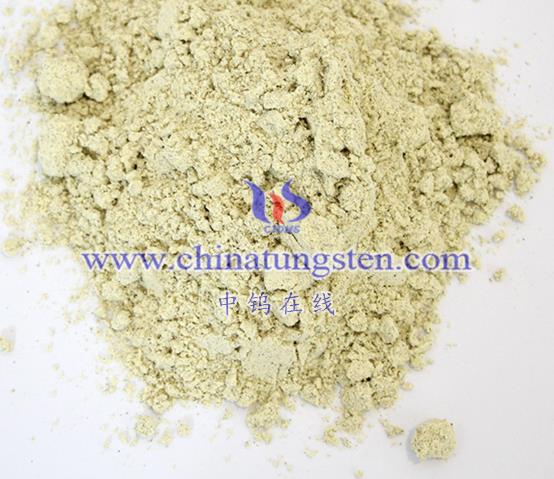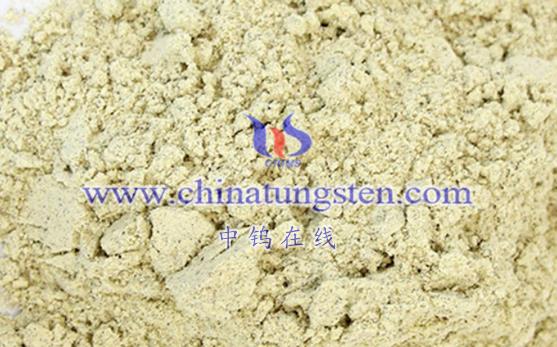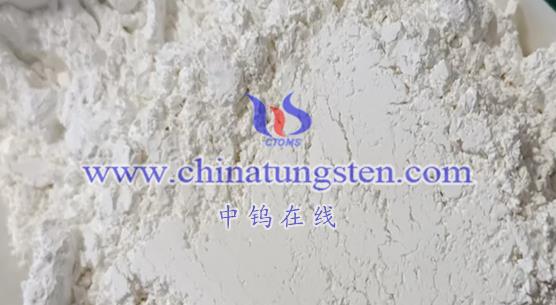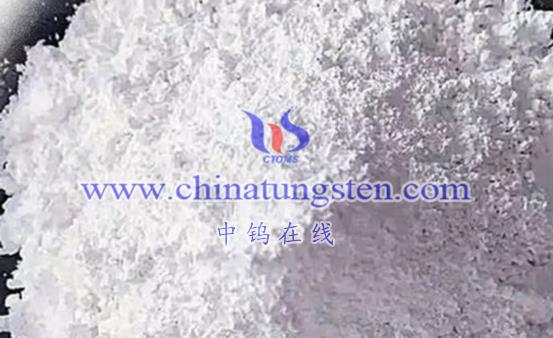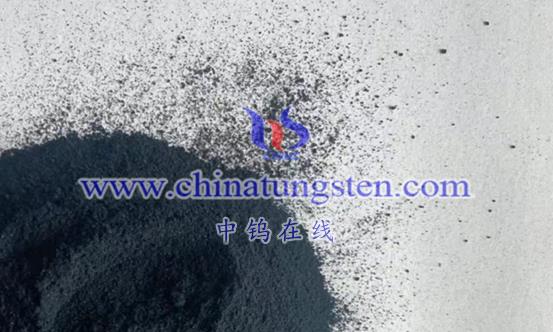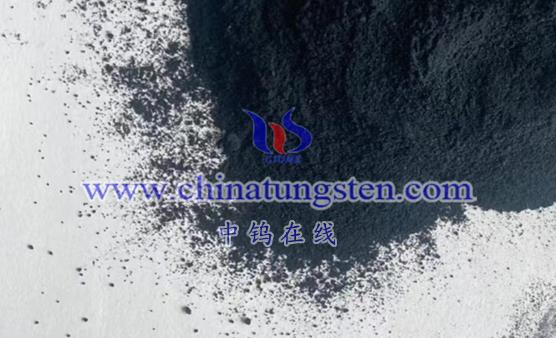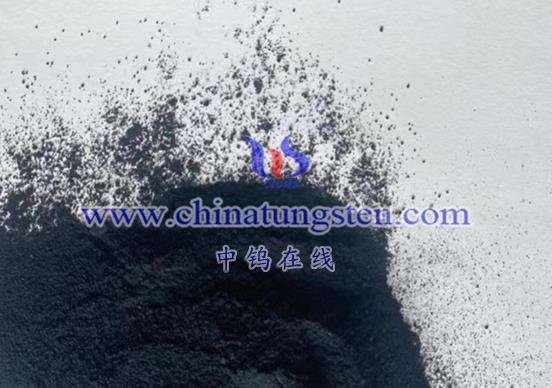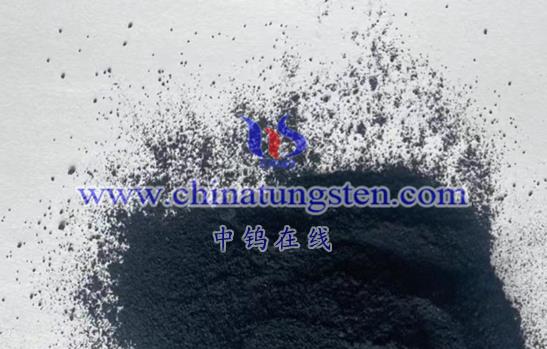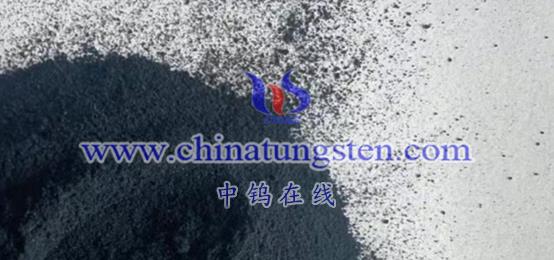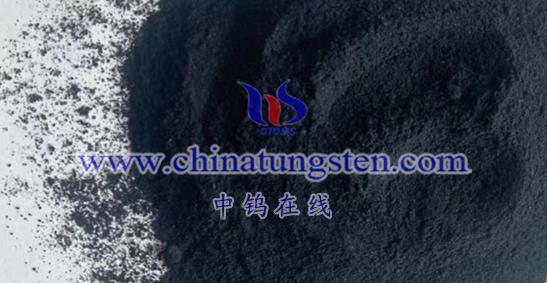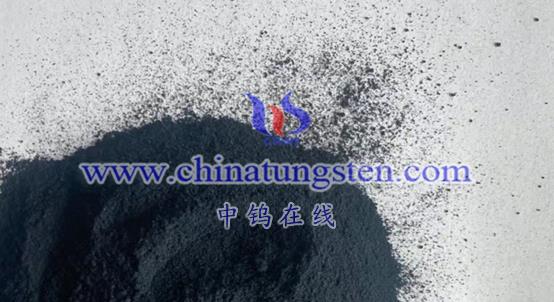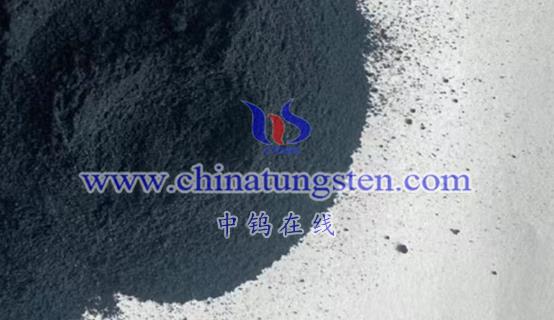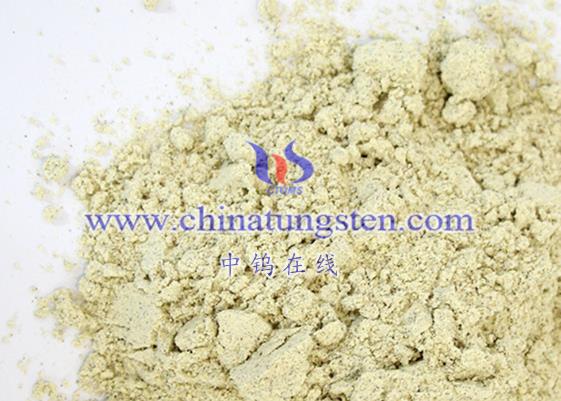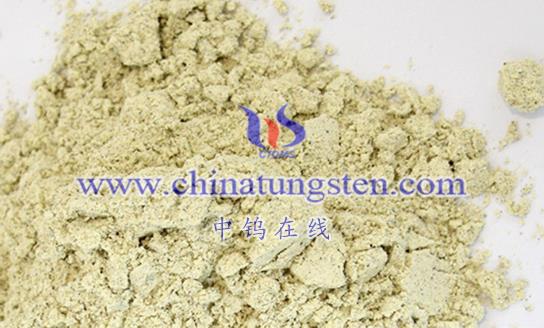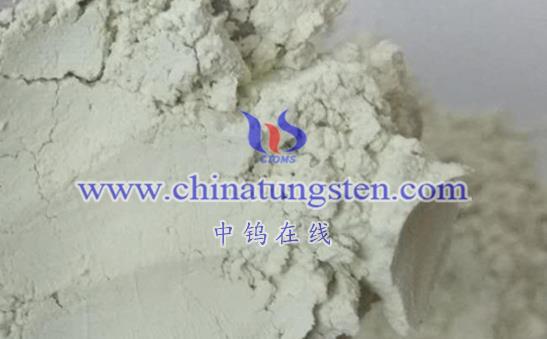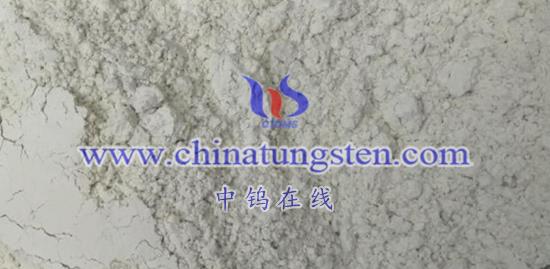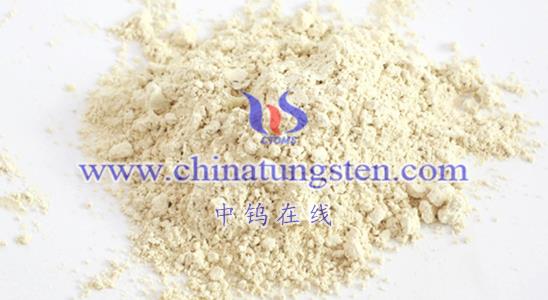
Tungsten oxide nanoparticles, with their unique physical and chemical properties, offer several advantages and disadvantages. Here’s a summary:
Advantages of Tungsten Oxide Nanoparticles
- Excellent Physical Properties:
- Optical Properties: Tungsten oxide nanoparticles exhibit strong optical characteristics, including a narrow band gap and tunable light absorption properties. This makes them promising for applications in optics and optoelectronics, such as sensor materials.
- Electrical Properties: The nanoscale structure enhances their electrical conductivity and lithium ion diffusion, allowing batteries to charge and discharge more quickly and increasing energy storage capacity. This makes them suitable for high-energy-density applications like electric vehicles or energy storage systems.
- Thermal Properties: Tungsten oxide nanoparticles have high thermal conductivity and resistance to thermal shock, making them suitable for heat conduction materials and high-temperature processes.
- High Surface Activity: Due to their nanoscale size and high specific surface area, tungsten oxide nanoparticles have a large proportion of surface atoms or molecules. This high surface activity improves their interaction with other substances in chemical reactions, enhancing reaction efficiency.
- Good Chemical Stability: Tungsten oxide nanoparticles exhibit excellent stability in various chemical environments, resisting corrosion and decomposition. This ensures long-term effectiveness and reliability in complex or harsh chemical conditions.
- Broad Application Prospects: Tungsten oxide nanoparticles have potential applications across multiple fields, including catalysts, optoelectronic materials, biomedical applications, and energy storage. They are used in photocatalysis, optoelectronic conversion, cancer therapy, and lithium-ion batteries.
- Biocompatibility and Bioactivity: They demonstrate good biocompatibility and bioactivity, which makes them suitable for use in biosensing, drug delivery, and photothermal therapy, offering new possibilities in biomedical fields.
- Potential Cost Benefits: Tungsten is abundant and relatively inexpensive, which could contribute to cost-effective use in batteries or other applications.
Disadvantages of Tungsten Oxide Nanoparticles
- Insufficient Conductivity: Pure tungsten oxide nanoparticles have relatively poor electrical conductivity, limiting their use in applications requiring high conductivity. To address this, they are often combined with other semiconductors or conductive materials to adjust their band positions and improve conductivity.
- High Photogenerated Electron-Hole Recombination Rate: In photocatalytic applications, tungsten oxide nanoparticles exhibit a high recombination rate of photogenerated electrons and holes, which reduces photocatalytic efficiency. Suitable modification methods are needed to lower the recombination rate and enhance photocatalytic performance.
- Complex Preparation Processes: The synthesis of tungsten oxide nanoparticles requires specialized techniques and equipment, making the process relatively complex and increasing production costs and difficulty.
- Strict Storage and Transportation Requirements: Proper packaging and handling are essential during storage and transportation to prevent dusting or leakage of the particles and to ensure long-term stability. They should be kept away from sunlight and moisture to prevent aging and performance degradation.
In summary, while tungsten oxide nanoparticles offer numerous advantages, they also have certain drawbacks. The choice of modification methods and usage conditions should be tailored to specific needs to fully leverage their advantages and mitigate their disadvantages.
More details of tungsten oxide product, please visit website: tungsten-oxide.com
Please contact CHINATUNGSTEN for inquiry and order of tungsten oxide:
Email: sales@chinatungsten.com
Tel.: 86 592 5129595
